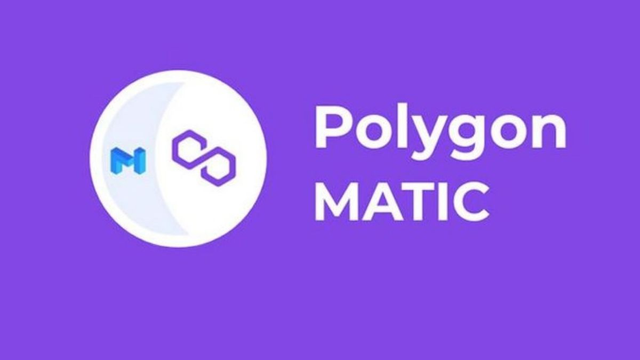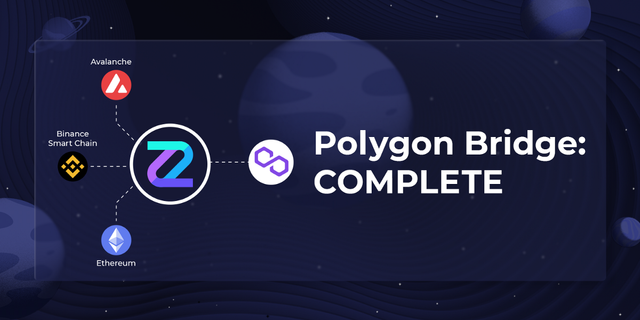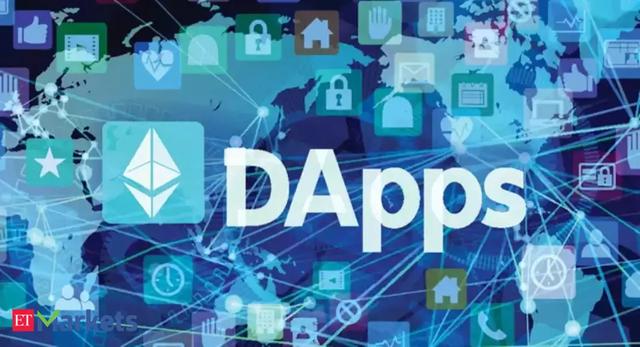How Does Polygon (MATIC) Work?
Polygon, formerly known as MATIC network, is a layer-2 scaling solution created in 2019 to address several limitations in the Ethereum blockchain, such as transaction speed, throughput, and gas fees.
Polygon works similarly to other Proof of Stake (PoS) protocols in terms of network nodes, governance, staking, and other functionalities.
The platform leverages the Proof of Stake consensus, which relies on a set of node validators to verify and validate transaction blocks on the network, instead of relying on the classic Proof of Work (PoW), which consumes an enormous amount of processing power to create new blocks.
The main difference comes in that instead of having to do the work (computing work in PoW algorithms), in PoS, token holders validate and verify transactions.
The PoS ecosystem of Polygon works by rewarding users with MATIC, the protocol’s native token. To earn MATIC, you can choose one of the following options:
Become a validator and commit to the network by running a full node to validate transactions on the blockchain. As a node validator, you receive a cut of fees and newly created MATIC. However, if you act maliciously, make a mistake, or even if your internet connection is slow, your MATIC rewards will be slashed as punishment.
Become a delegator, which is a type of public node. As a delegator, you receive other people’s MATIC and use it to help the network conduct PoS validation. The larger the delegated stake, the higher the delegator’s voting power. This is easier than being a node validator, but it also comes with its challenges.
Polygon Bridge
If you want to transfer funds from the Ethereum network to Polygon’s, you need to use the PoS bridge, which is a set of smart contracts that help to conduct assets from the Ethereum mainnet to the Polygon sidechain.
The PoS bridge is the backbone to transfer assets from Ethereum to Polygon and then use these funds to interact with the apps and blockchains on the Polygon ecosystem. You’ll have to pay a transaction fee in ETH, of course, which can be expensive, but once you’re in the Polygon network, transactions are very cheap — less than a dollar.
Polygon Protocol
The Polygon Protocol connects all Polygon-based blockchains with each other and the Ethereum network. It also allows chains to tap into Ethereum to inherit its security model.
Utility: What Can You Do on Polygon?
Polygon allows you to do pretty much everything you do on Ethereum, but without the high gas fees or the low throughput.
Polygon went from being a simple scaling solution to becoming a more broad and complex ecosystem where users and developers alike have a wide set of use cases, including launching Ethereum-compatible blockchains, use Ethereum-based decentralized applications (DApps), mint non-fungible tokens (NFTs), become node validators, delegators, stake MATIC, and much more.
There are numerous successful projects that work on Polygon, such as yield generating protocols like Aave or Curve Finance, decentralized exchanges such as SushiSwap, and the most popular decentralized NFT (Non-Fungible Token) marketplace, OpenSea.
You can use Polygon as the base blockchain on these protocols instead of Ethereum. For example, OpenSea allows you to choose Polygon instead of Ethereum as the main network and use it every time you trade NFTs — you just need to have a Polygon-compatible wallet like MetaMask or Coinbase Wallet and connect it to OpenSea.
It’s also worth noting, though, that not all protocols that are built on Ethereum have their Polygon iterations, and to this extent, there are certain limitations.


